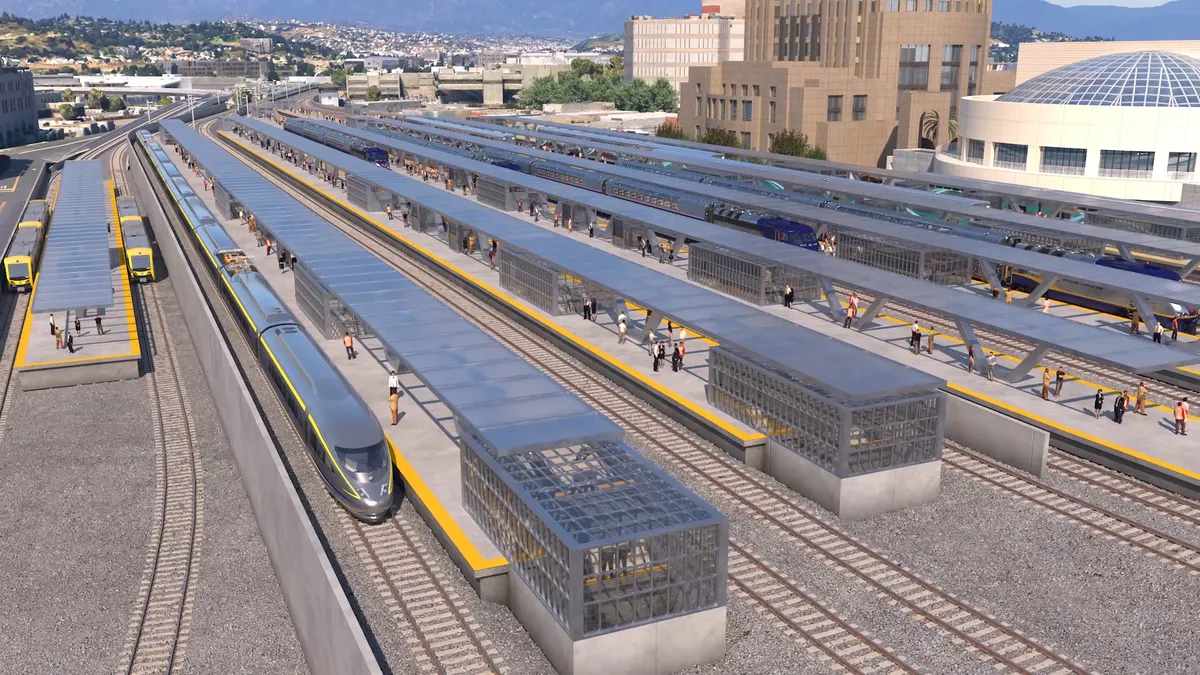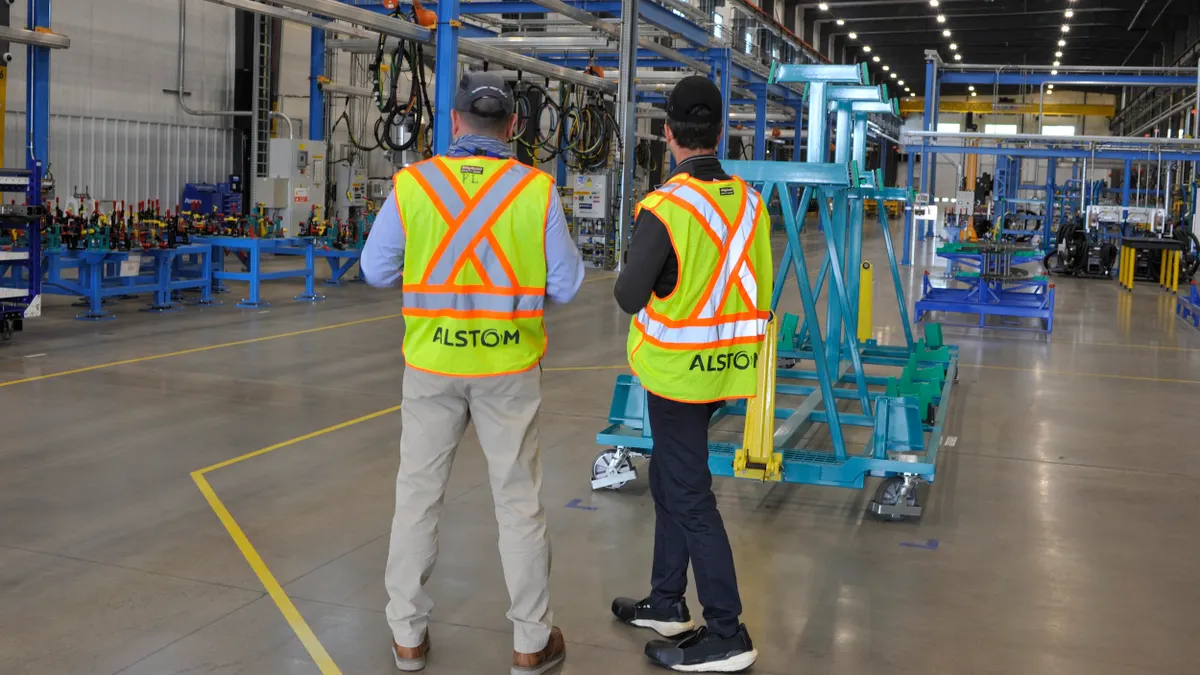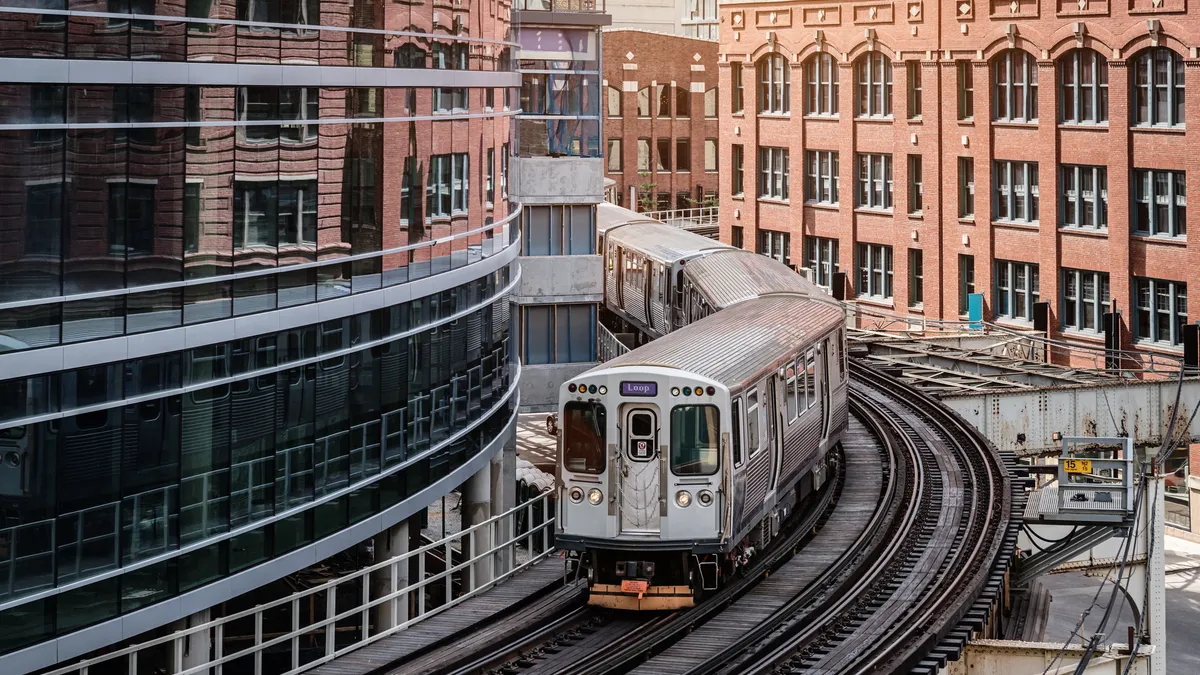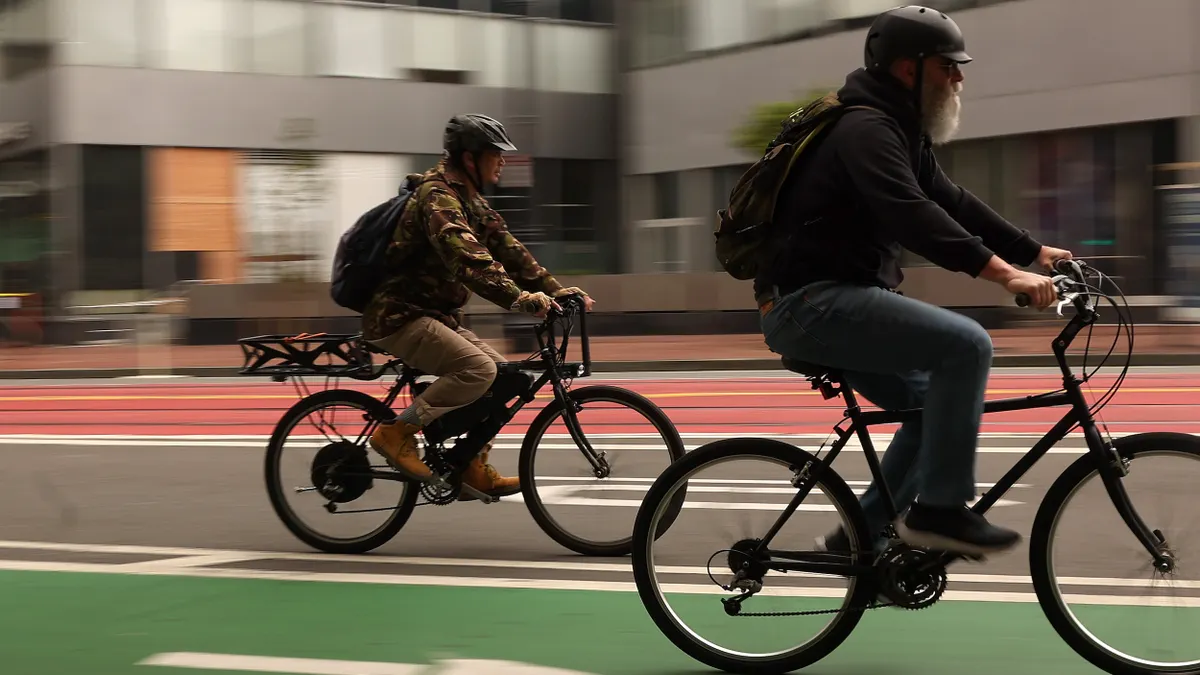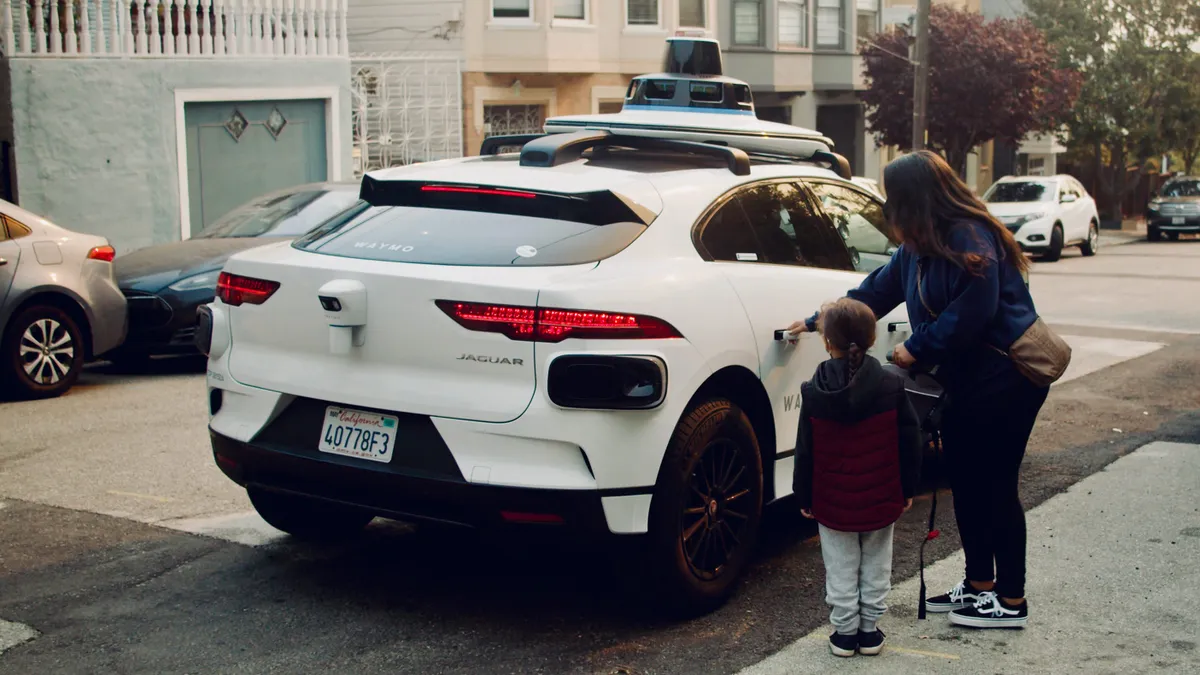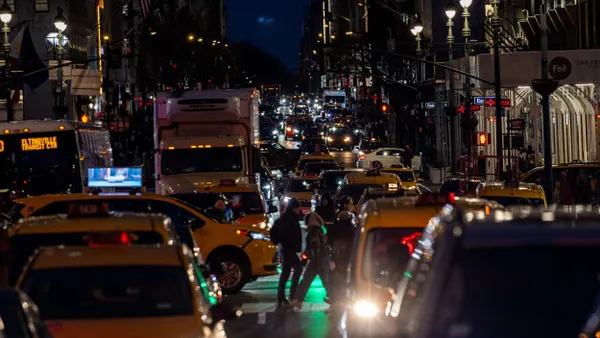Editor's Note: The following is a guest post from Kate Migon, Head of Automotive & Mobility Solutions, Americas, at Gemalto.
Does your city have a scooter infestation? Connected, motorized scooters from companies like Lime, Bird, Spin, Skip and more, plus similar dockless bicycles, have for the past year littered streets in major cities across the US and generated heated debates over their usefulness. Regardless of your opinion of the machines, their success tells us one incredibly important thing about our cities: it’s time to decide how we’ll reshape them.
Dockless scooters and bicycles are what’s called a last-mile mobility option. They’re not meant to take folks miles across city lines so much as from a commuter parking lot, subway or bus stop to your office.
Cars are what take most of us from home to work and back, and our cities and streets are laid out to make that several-to-many-mile journey as easy as possible. Unfortunately, we’ve prioritized cars over all other modes of travel to an extreme degree. Far less attention is given to making walking, bicycling or scootering possible — let alone safe — in urban corridors, making our cities cramped and dangerous.
Most of the automotive industry and media covering its evolution agree that autonomous vehicles will make streets safer. Many of us are convinced, however, that the benefits of autonomy will be limited unless we close parts of our cities to cars and reverse decades of prioritizing drivability over mobility. After over 100 years of designing cities around the needs of vehicles, it will ironically be advancements in car design that force cities to rethink their layouts.
Redesigning block by block
Barcelona, Austin, TX, Paris, my hometown of Chicago and more cities around the world are already making efforts to change, designing new city spaces that cater to pedestrians first, then cars. In some cases, they’re even shutting out the cars altogether, forcing them to stay within designated areas around the perimeter of reclaimed pedestrian spaces.
Barcelona was one of the earliest to make a major change to its street layout in an effort to reduce dangerous pollution levels by reclaiming roadways for pedestrian use and sustainable modes of transportation, like cycling.
There, it’s working. Despite some early resistance, Barcelona’s “Superblocks” have over the past few years enjoyed public support while making impressive changes to mobility in the city. CityLab reported in 2017 that a study of one of Barcelona’s oldest Superblocks found walking increased by 10% and cycling by 30% while driving fell by 26%.
Cars still traverse these Superblocks, albeit more slowly and less frequently, but there is no parking, forcing cars to their own special areas in the city.
This is an ideal model for how cities will route autonomous vehicles in the future – keeping them within prescribed lanes in “safe” zones and forcing them out of the downtown area after dropping passengers close enough to walk, bike, scooter or use public transit to reach their destination.
However, Barcelona’s Superblocks, Paris’ semi-regular car bans and other experiments in changing mobility habits are just that: experiments. How can we scale these projects up to cover entire city centers while also increasing the positive impact they have on overall mobility and environmental sustainability?
Connected cars as a stepping stone to autonomy
To start, individuals need more choices for their commutes and other A-to-B needs. While five years ago it would be exceedingly difficult for city residents to plan multi-modal commutes, today most of the technology is in place to deliver more transit choices. We just need to accelerate data-sharing programs between cities and the mobility companies operating within their boundaries.
SharedStreets, the data-sharing initiative Ford, Uber and Lyft joined together in September, offers a good example of how cities can lean on private industry networks to gather data that will help address safety issues and reconfigure transit service distribution based on actual usage. Uber will offer cities a dataset showing vehicle speeds, which could help identify unsafe corridors, while Ford and Lyft will share curbside demand for ride-hailing, which may help cities pinpoint areas underserved by transit.
Data like those provided by Ford, Uber and Lyft and data from cities’ transit administrations are already being combined into platforms that will one day simplify multi-modal trip planning for city residents.
New connected technologies like facial recognition and contactless payment tech in cars could further smooth the process of booking, using and paying for transportation options.
Consider this: you drive your car to a parking lot one mile from your office, just outside the downtown core. Your car’s infotainment screen displays timetables for the Bus Rapid Transit (BRT) line with a stop at your lot, and you can purchase a ticket from inside your car. Once you board the BRT you won’t sit in traffic — cities already use dedicated lanes for BRT — and you’ll get greens all the way, keeping your commute stress free and fast. If you want a little fresh air, you could use your car’s infotainment system to pay for a scooter or bicycle to ride that last mile instead.
Over time your car can automate this daily commute. Facial recognition systems coming to connected cars in the next few years will be able to verify your identity to authenticate and complete transit purchases automatically, and if you typically take a bicycle when it’s sunny but always ride the bus when it’s cold, your car can remember this preference and reserve your last-mile ride for you ahead of time.
Finally, autonomy will take this one step further — your self-driving cab can remember when you leave for work and pick you (and most likely a few other commuters) up then, authenticate your fare payments with in-car facial recognition, reserve and pay for your last-mile option and then hit the road again to go get the next commuter.
It’s a great vision for the future, and many cities are already taking the first steps to connect transit systems and traffic technology and open that data for private mobility companies to use. But for the full benefits of an autonomous future, cities, automakers, app makers, mobility companies and the general public will all need to get comfortable with new mobility habits. After just over 100 years of designing cities for cars, it’s time to reclaim city streets for the people. It’s up to city leaders to start the process.







